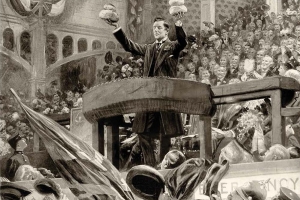Words, Birds and Birmingham Pens
There are many ways to record words. The long history of writing and writing equipment extends from the use of cuneiform script in Mesopotamia 6,000 years ago, written on clay tablets, to today’s computerised tablets.
Over the years both systems developed a similar commitment to the use of symbols and icons to enhance understanding. In between, pens in various forms have played crucial part in the commercial and private lives of generations of people keen to record their activities, impressions and ideas. And Birmingham played a crucial part in the development of pens.
With the development of agriculture and trade, the need to keep permanent records increased, and with it the search for improved implements and materials to write down transactions and communications. Writing implements, from the early stylus to modern pens, depend for their accuracy on flexibility, durability and their ability to produce legible marks. The quill as a writing tool was much more flexible than the reed pen, and scribes found it easier to make their writing smaller, and rounder than before.
At first the scribes found that by cutting the tip at an oblique angle it was possible to make the letters appear more even in stroke. By the third century AD scribes began to use the primary flight feathers of birds such as geese and swans to make quills.
KEYWORDS: Pens, Birmingham, Industry, Pen Museum
Download the Full Article (PDF)Categories:
Books from History West Midlands

Fortunes of War:
The West Midlands at the Time of Waterloo
In Andrew Watts, Emma Tyler, Andrew Watts, Emma Tyler, Waterloo, Military,
Buy Now £3.00
More from History West Midlands

Words on The West Midlands
In Word,

Local Landscape in the Novels of Francis Brett Young
In Word, University,

From Shakespeare to Tolkien
WRITERS OF THE REGION
In Word,
